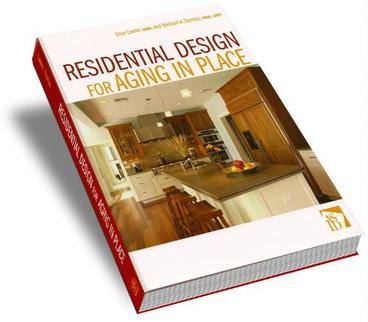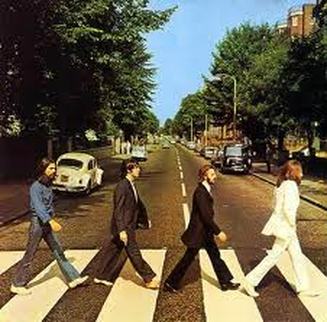
But also we have received emails from consumers who see the increasing value of making the changes that embrace the concept of living with independence. How good is that?
In a recent review published on the blog of Cosmo Architectural Design Homes, the post said, "The book is well organized so readers can pinpoint a specific topic to learn about; however, I found myself so drawn into the information that I read the book cover to cover! The uniqueness of this book is the thorough research that Lawlor and Thomas conducted.
To read the entire post, CLICK HERE.
To learn more about how to purchase your own autographed book, CLICK HERE.










 RSS Feed
RSS Feed
